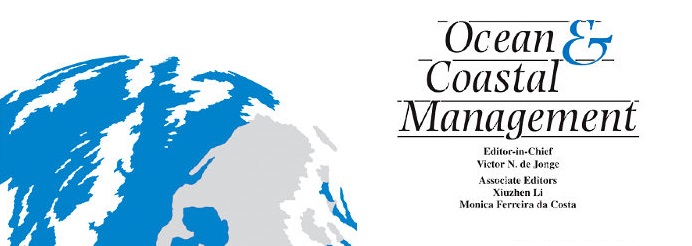Population, Health and Environment Situational Analysis in the Saandani National Park Area, Tanzania
This study provides a snapshot of the population, health, and environment situation and practices in the villages surrounding the Saadani National Park (SANAPA) and demonstrates the utility of a transdisciplinary systems perspective to evaluate population–health–environment linkages (PHE). Analyzing survey data from eight villages, this paper shows that in the SANAPA area, livelihoods are highly dependent on natural resources, but both agriculture and fisheries are experiencing a decline in productivity and profitability. Population stressors include a high population momentum, early marriages, teenage pregnancies, and migration. Women bear a heavy workload, while having little or no say in decision-making. The public health situation is severe with health facilities few and far in-between; lack of access to clean water and safe sanitation; and many households suffering from diarrhea, malaria, pneumonia, skin diseases, and HIV/AIDS. Environmental protection arrangements are in place in all sites, however, the awareness of protected areas and their benefits is low and many feel helpless in protecting the environment. Climate change—increasing periods of drought and irregular rainfall—contribute to food insecurity and health problems. The interconnectedness between these stressors reinforces the need for an integrated approach to addressing coastal conservation and community development in the SANAPA area.
Year: 2012
Source: Ocean & Coastal Management




